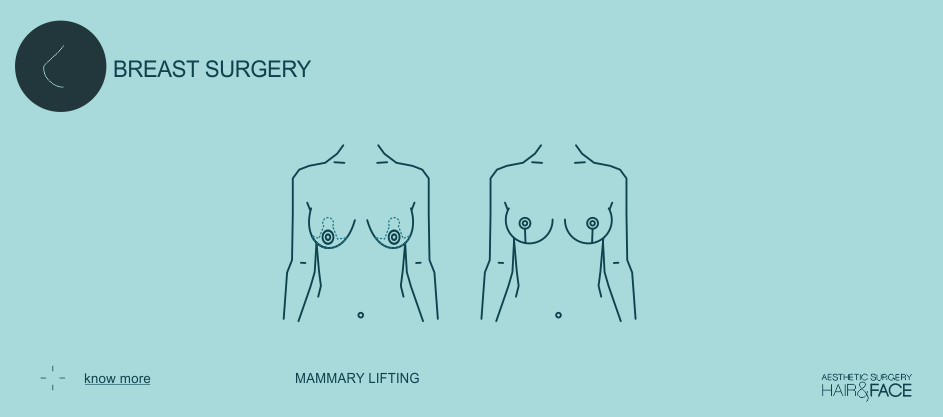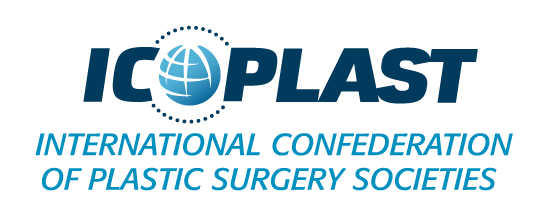The patient consults about this technique when their breast hangs and it’s flatter in the upper area.
Patients usually live these experiences negatively because they associate it as a loss of youth.
The Procedure
The intervention surgically removes skin and sometimes a small bit of the gland, this way the whole area of the areola-nipple complex is repositioned, lifting it and simultaneously tones and lifts the breast.
Frequently an implant is suggested to improve and provide fullness to the upper pole.
It is difficult to achieve perfect symmetry
The anaesthetic is local with sedation or general
The intervention lasts between 2 and 3 hours.
Admission in 24 hours
Post operation
There will be inflammation and the breasts will be swollen
You can shower in 48 hours
Back to work in one week
Stitches are removed in 15 days.

The patient consults about this technique when their breast hangs and it’s flatter in the upper area.
Women with mammary ptosis have excess skin in comparison to the mammary tissue . This skin is loose, it has poor elasticity and it doesn’t support nor gives shape to the breast. The areola and the nipple are lower than normal.
Very often, a breast implant is suggested to improve and give fullness to the upper pole by adding a permanent element to the correction.
The scarring varies between a periareolar , a vertical one or a scar as an inverted T.
The results are not definitive and the breast tends to fall with the passing of time.
Post operation care
The patient leaves surgery with a compression bandaje which should be kept on for 48 hours.
In two days, the bandage will be removed in the consulting room and will be shown the result.
Activities involving lifting the arms over the head should be avoided during 4 to 6 weeks.
No smoking for 15 days before the operation.
The feeling in the mammary will decrease for the first weeks or months after the lift. The patient shouldn’t get alarmed about this.
Problems and complications
All surgical procedures run inherent risks which include haemorrhage and infection.
The haematoma occurs in 1.5% of all cases.
Infection has an incidence rate of 2.2%
There is nerve injury with a 5% loss of sensitivity
There could be a problem with breastfeeding
Necrosis is rare
The scars can be extensive
